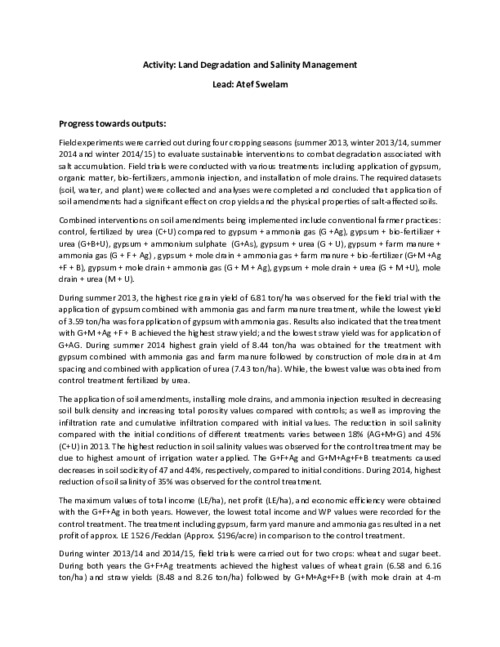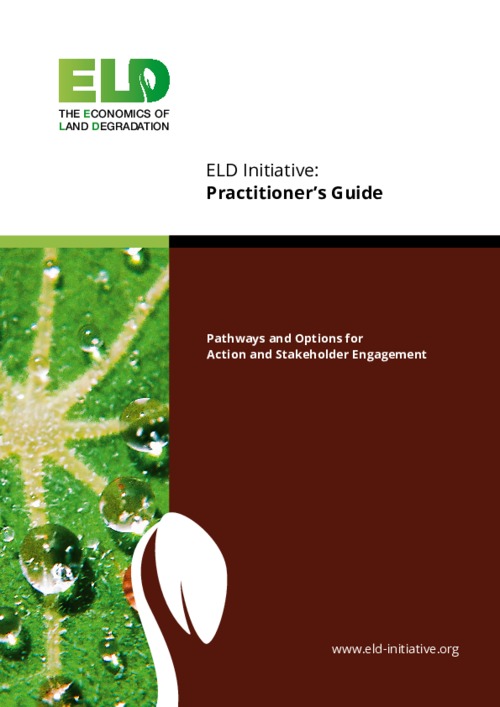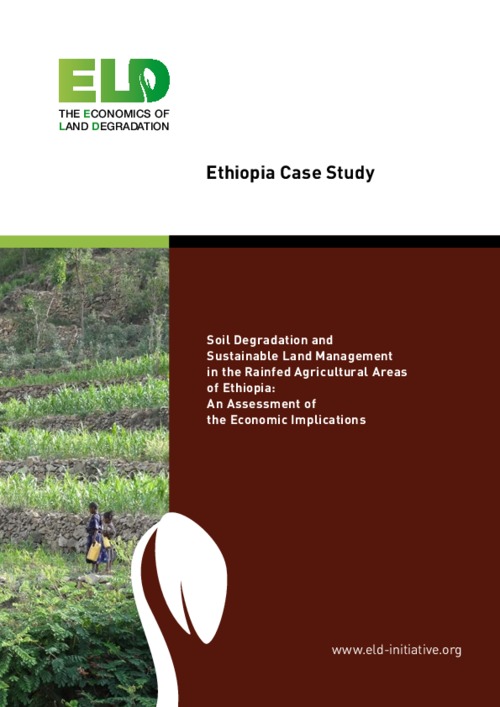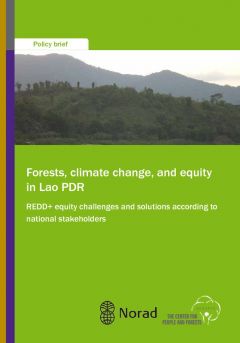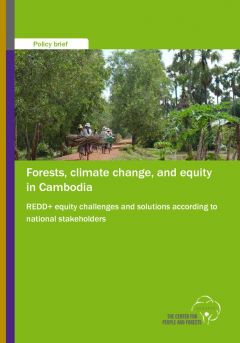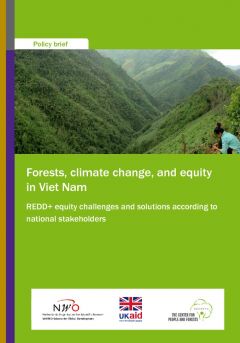Land Degredation and Salinity Management in Nile Delta
Field experiments were carried out during four cropping seasons (summer 2013, winter 2013/14, summer 2014 and winter 2014/15) to evaluate sustainable interventions to combat degradation associated with salt accumulation. Field trials were conducted with various treatments including application of gypsum, organic matter, bio-fertilizers, ammonia injection, and installation of mole drains.

